How many springtime flowers can you find on your next walk?
Enjoy nature walks as the brighter Springtime weather arrives

There’s nothing quite like that uplifting feeling you experience when you notice the first wild buds of the year beginning to flower. From snowdrops and bluebells to rarer species like the greater butterfly orchid, there’s much to see as the frosts recede and the temperature creeps up.
In this country, we’re so lucky to be able to be surrounded by ancient woodland, moors and meadows where some of our most fertile flora are found. So, if you’re up for a ramble this spring, here are some of this country’s most beautiful wild flowers, and where you’re most likely to spot them…
1. Scarlet pimpernel
Known colloquially as ‘Old man’s weathervane’ or ‘Shepherd’s weather-glass’ due to its tendency to close up when bad weather approaches, the scarlet pimpernel can arguably lay claim to being the UK’s prettiest weed. Its five petals are typically coloured on the orange side of scarlet, surrounding luminous pink filaments. Once very common, its population has dwindled recently, but you’ll still find them on arable fields and gardens, on coastal cliffs, roadside verges and chalk downlands throughout the country, though less so in Scotland.
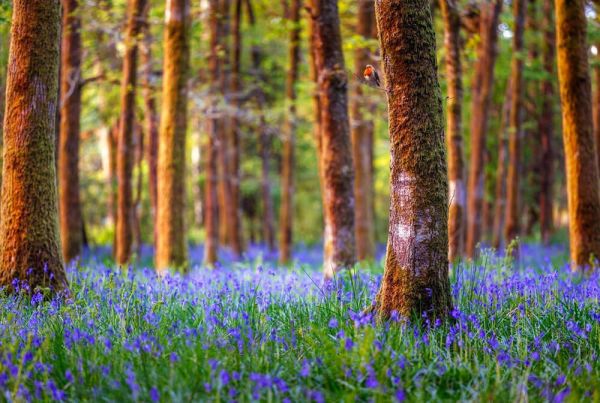
2. Bluebells
One of the most spectacular springtime sights you could hope for is a carpet of bluebells on a woodland walk. Those purple-coloured bell-shaped petals are unmistakable, but the UK is home to both native and Spanish varieties. You can tell the British ones apart as they droop to one side, whereas the Spanish ones grow straight upwards. You’ll find them in forests nationwide, and they often signify an ancient woodland.
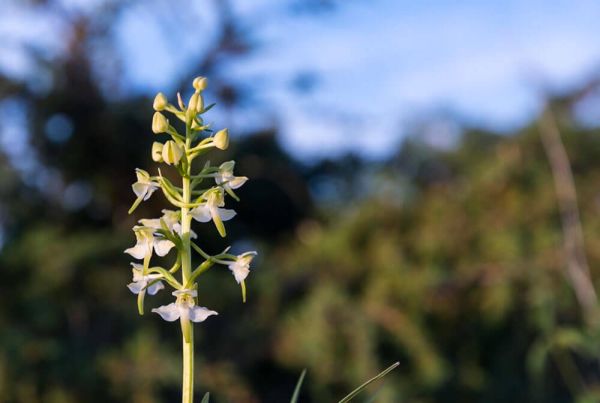
3. Greater butterfly-orchid
A rarer species of orchid, this stunning white flower grows tall and upright in open woods. Its preference for chalky soil means you’re more likely to find it in southern areas of the country, but they are hard to spot. Your best chance of spying it is in unimproved grassland and open broadleaved woodland.
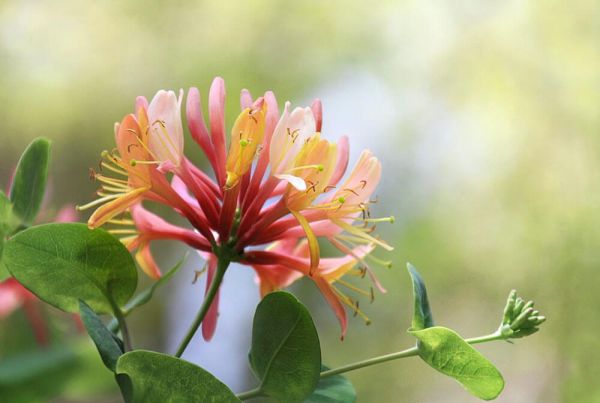
4. Honeysuckle
Plentiful though it is, there’s nothing like the heady scent of wild honeysuckle to evoke the euphoria of the warmer months. These trumpet-like flowers start off a light cream shade before turning a yellow-orange, often with a red or pink flush. You’ll find it in woodlands and hedgerows and wound through trees and shrubbery. Honeysuckle is a vital plant for many declining insects, including the rare white admiral butterfly, as well as bumblebees.
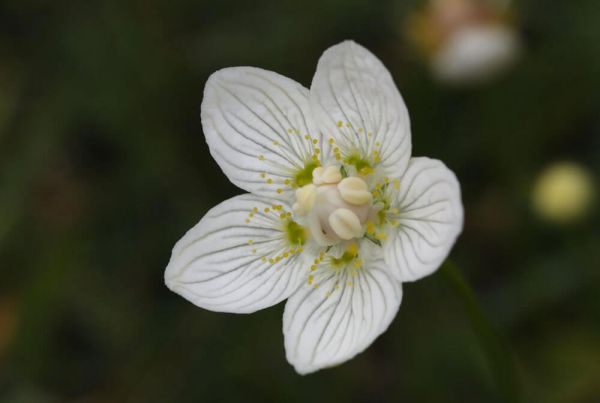
5. Grass-of-parnassus
This once widespread wildflower thrives in wetlands, and as a result, is unfortunately on the decline. However, its status as the county flower of both Cumbria in England and Sutherland in Scotland points to its continued prevalence in northern areas of the Britain, though it can be found as far south as the Norfolk Broads. You’ll see it in late spring around damp areas such as moors and marshes, and with the distinctive green stripes that run along its cup-shaped white petals, and its pink-hued centre, it’s an incredibly satisfying find!
Explore more
We’ve got ideas for hundreds of wonderful walking routes across England, Scotland and Wales, long and short, easy and challenging. Search for routes on our website. Or join a guided walk with a local Ramblers group. Find your nearest Ramblers group and choose a walk that suits your pace, fitness and interests.

Discover the UK’s most striking spring wildlife, and where to walk to see it
Spring is a time for renewal for all kinds of British wildlife, and you could see some extraordinary fauna on your next ramble

7 of the best walking views in Britain
For a small island nation, Great Britain enjoys more than its fair share of spectacular natural vistas.

7 of Britain’s best garden walks
From manor grounds to secret gardens, a Ramblers walking route can help you to discover horticultural inspiration from around the nation
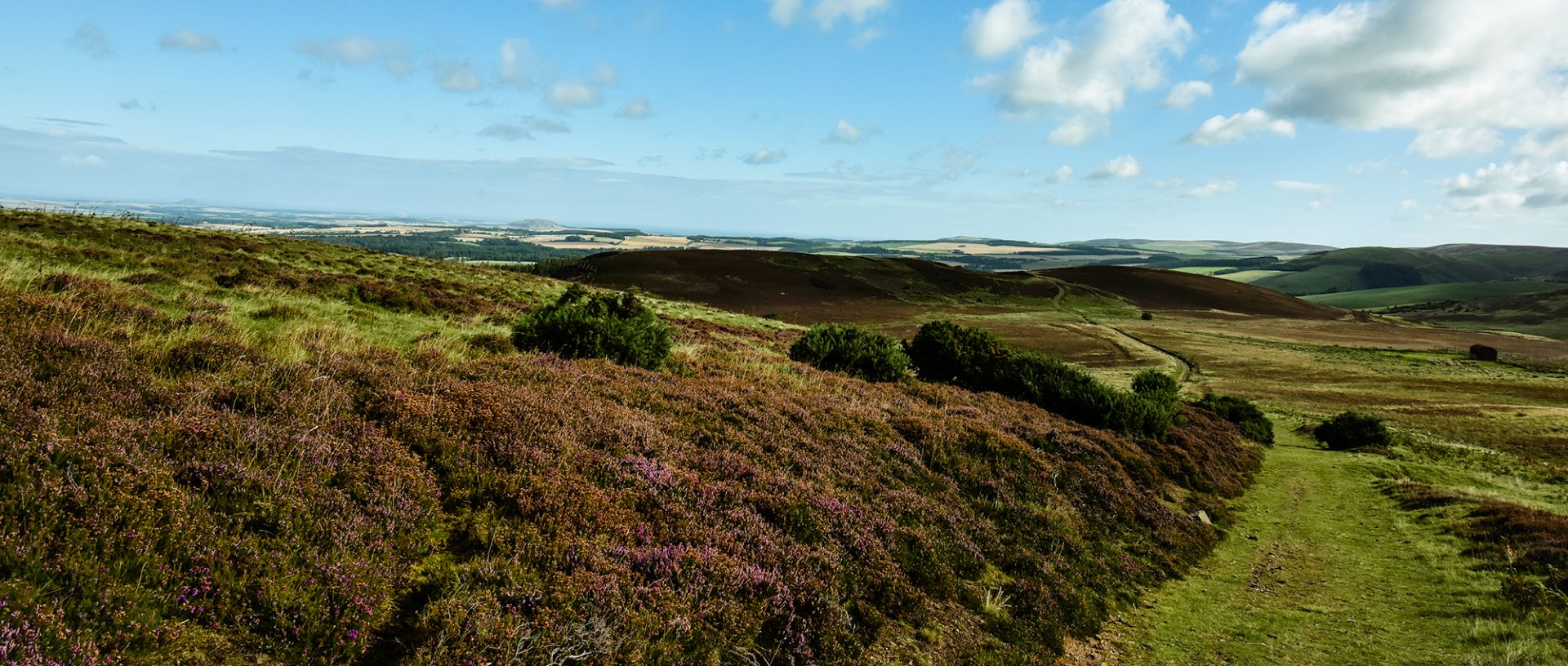
Campaign with us
We campaign to remove barriers to walking and we step up to protect the places we love to wander.